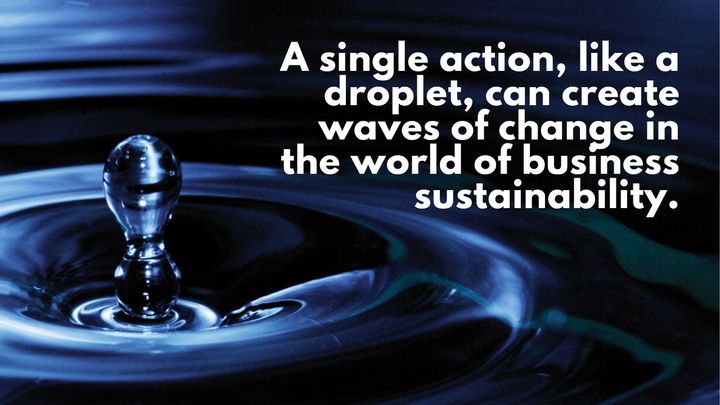Product Stewardship: Navigating Responsibility in the Product Lifecycle
Product Stewardship emphasizes holistic responsibility throughout a product's lifecycle. This approach, integrating design to disposal, is pivotal for businesses aiming for true sustainability and reduced environmental impact.

In today's sustainability-driven world, the term "product stewardship" is gaining traction. Building on the foundational concepts of the product lifecycle, from cradle to grave and beyond, product stewardship takes a more holistic, responsible approach to products and their impacts. But what exactly is product stewardship, and why is it crucial for businesses and consumers alike?
1. Defining Product Stewardship
Product stewardship is the act of minimizing the environmental, health, and safety impacts of products throughout all lifecycle stages, while also maximizing economic benefits. It's not just about the end-of-life management of products but encompasses the entire lifecycle, from design to disposal.

2. The Pillars of Product Stewardship
- Design for the Environment (DfE): This involves creating products that have minimal environmental impact. It considers factors like material selection, energy efficiency, and the product's end-of-life.
- Extended Producer Responsibility (EPR): Manufacturers are responsible for the entire lifecycle of their products, including take-back, recycling, and disposal.
- Consumer Engagement: Educating consumers about responsible product use, maintenance, and disposal.
3. The Business Case for Product Stewardship
Companies that embrace product stewardship can benefit in various ways:
- Brand Enhancement: Demonstrating a commitment to sustainability can boost brand reputation.
- Regulatory Compliance: Many regions are implementing regulations that require elements of product stewardship.
- Cost Savings: Efficient resource use and waste reduction can lead to significant cost savings.
4. Challenges in Implementing Product Stewardship
While the concept is noble, it's not without challenges:
- Supply Chain Complexity: Managing and ensuring sustainability across a global supply chain can be daunting.
- Consumer Behavior: Changing consumer habits and perceptions can be a slow process.
5. Real-world Examples
Companies like Apple, with their recycling robot "Daisy", and Patagonia's "Worn Wear" program, are leading the way in product stewardship, showcasing the tangible benefits and the positive impact on the environment.
6. The Way Forward
For product stewardship to become the norm, a collective effort is needed. Governments, businesses, and consumers must collaborate. Tools like Life Cycle Assessments can provide the data needed to make informed decisions.
Conclusion
Product stewardship is more than just a buzzword; it's a necessary shift in how we view products and their impact on the world. By taking responsibility for every stage of a product's life, we can pave the way for a more sustainable future.




Comments ()